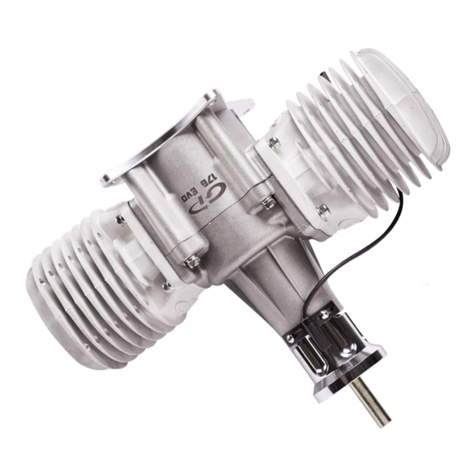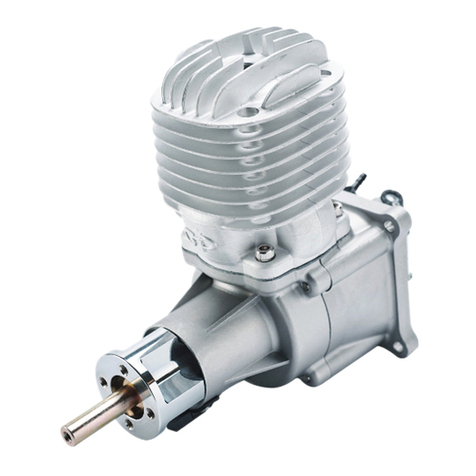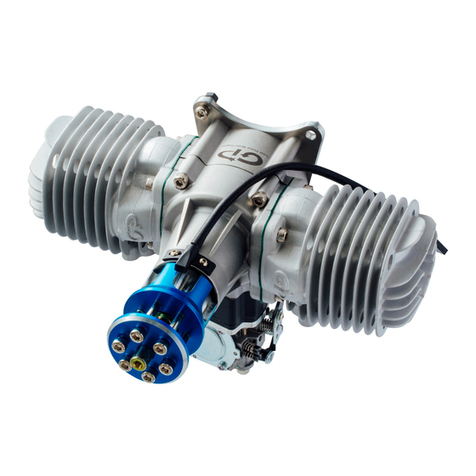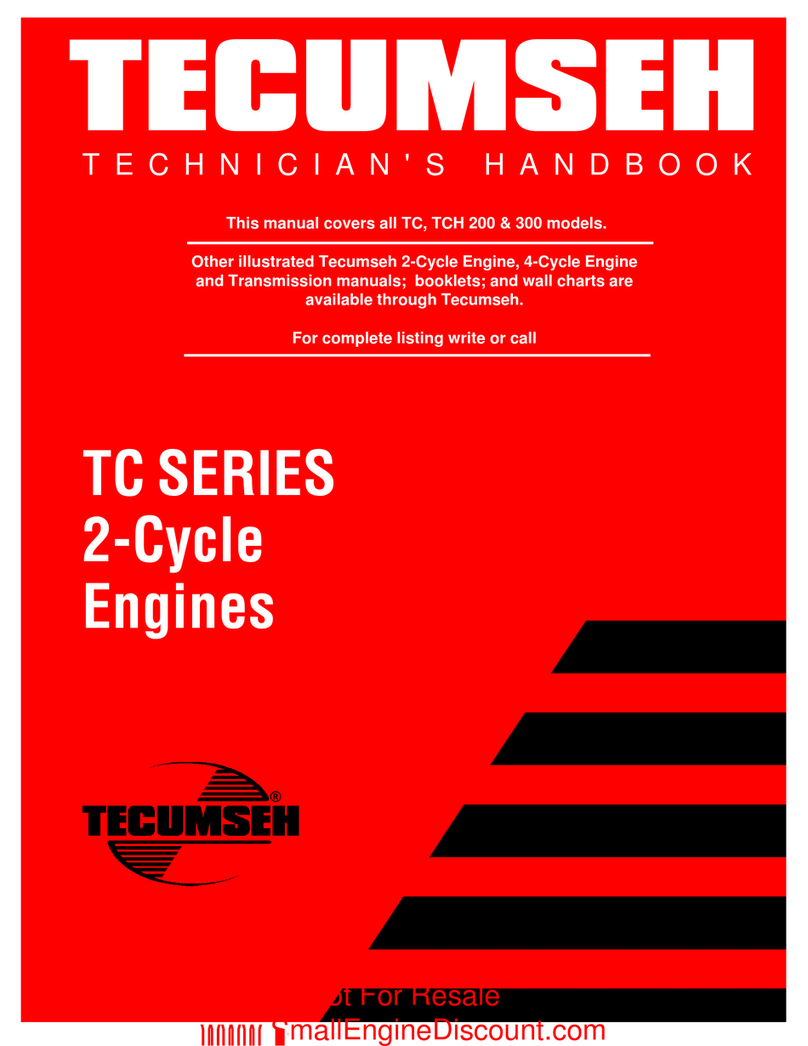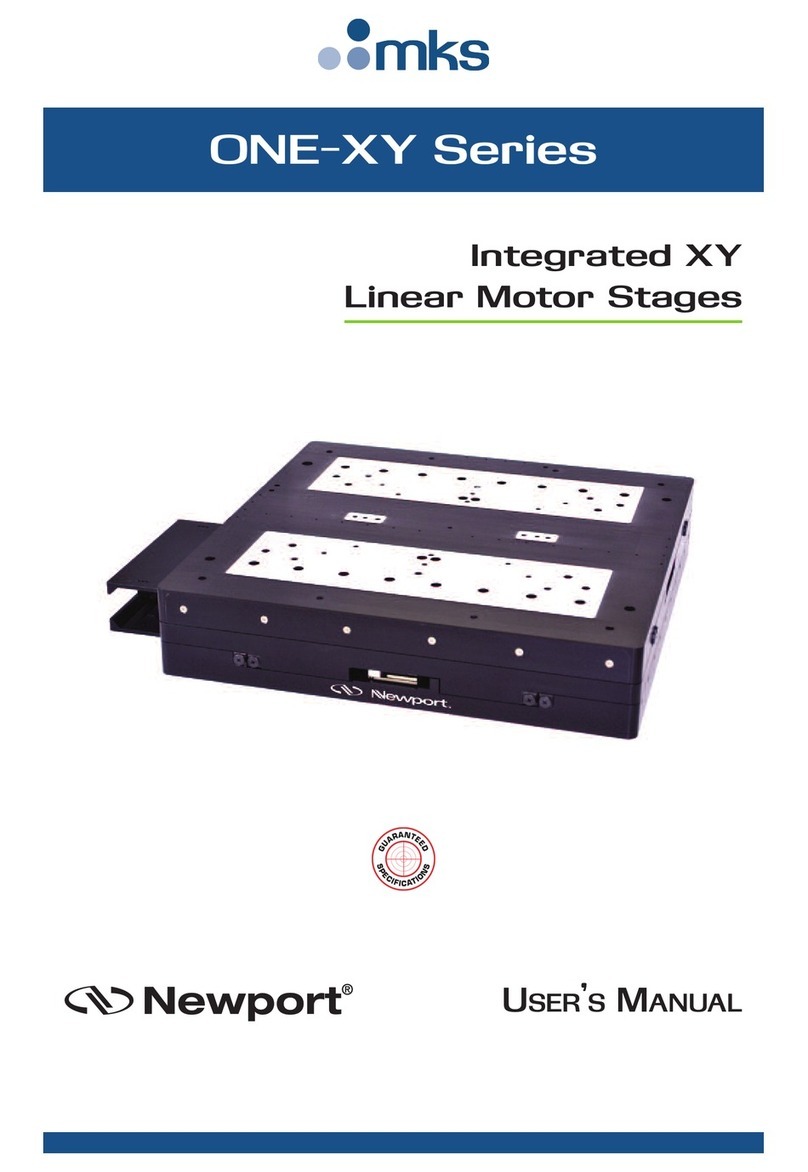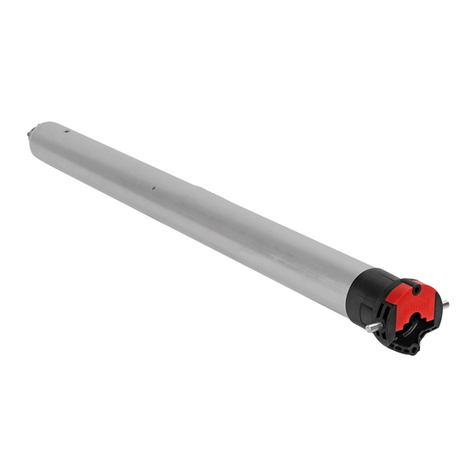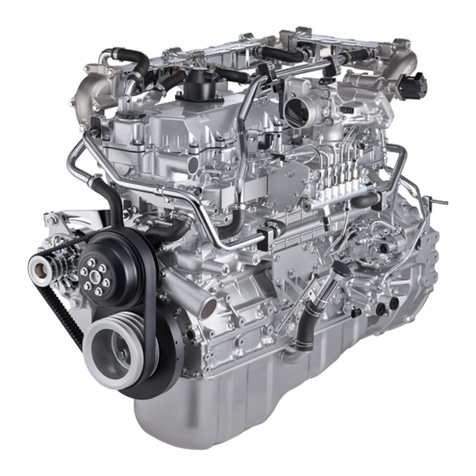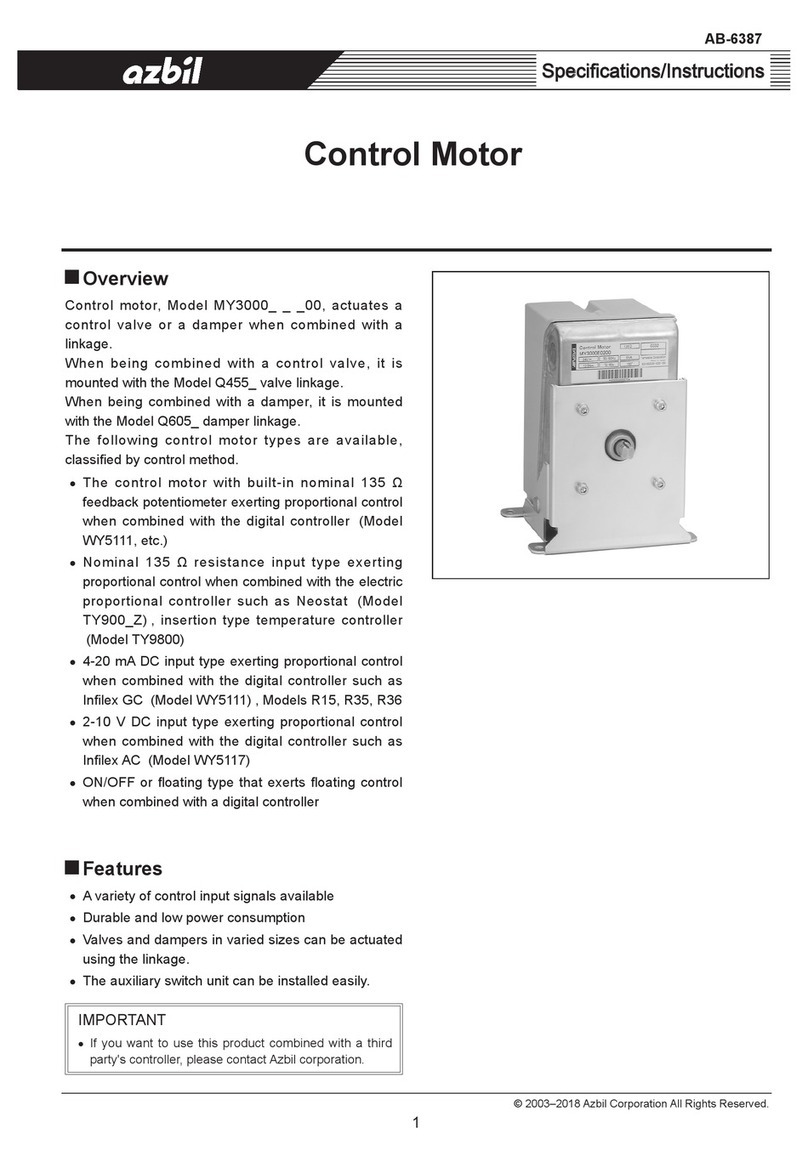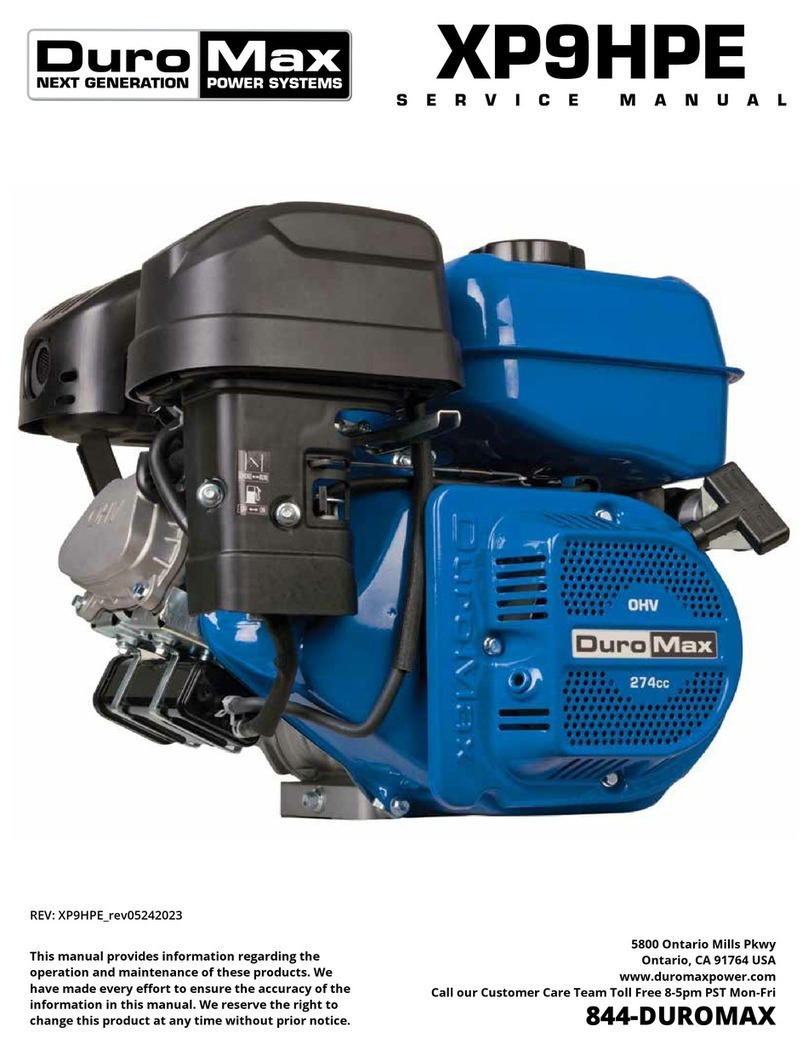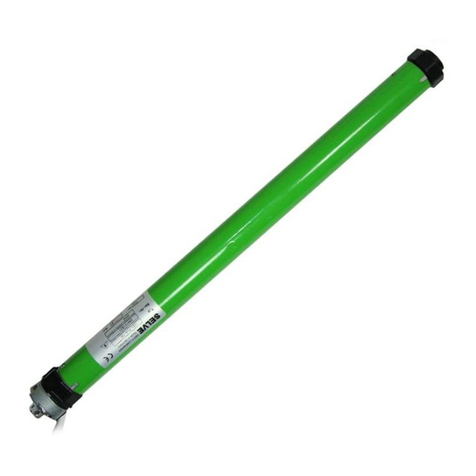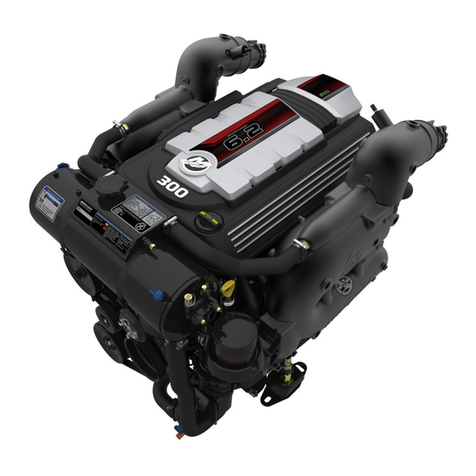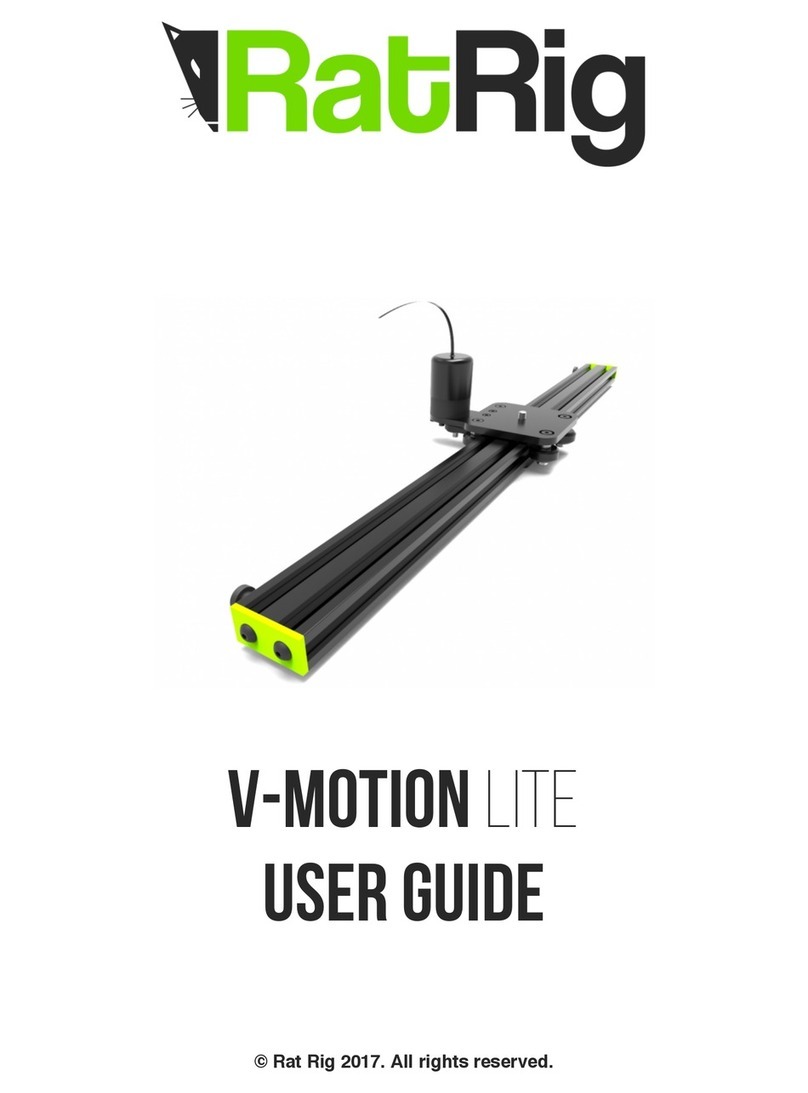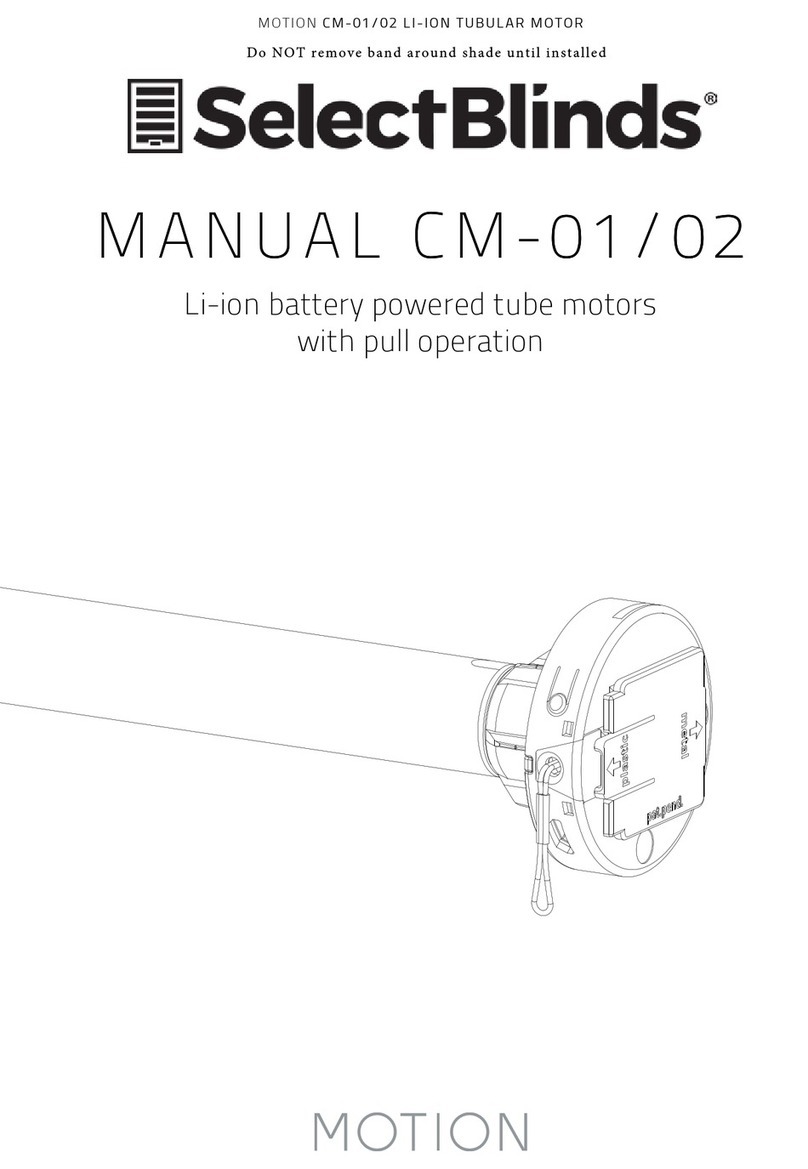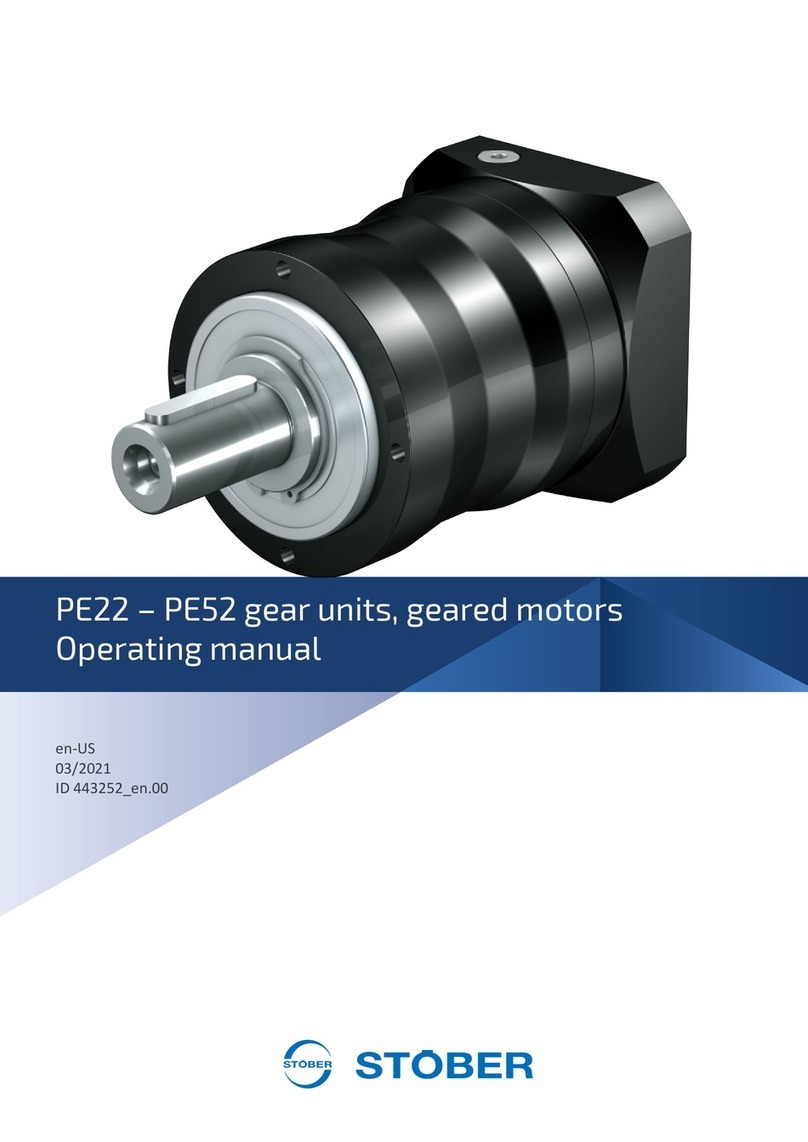Great Power Engine GP38 User manual

INSTRUCTION MANUAL
www.gpengine.world
Updated: May 2020
Copyright © 2020 Great Power Engine Company. All rights reserved.

1
PLEASE READ THESE INSTRUCTIONS CAREFULLY AND
COMPLETELY BEFORE OPERATING THE ENGINE
TECHNICAL SPECIFICATIONS
Single-Cylinder
GP38
Bore
38 mm
RPM Range
1600-10000 RPM
Net Weight
1038 g
Output
5 Horsepower
Ignition Weight
136 g
Fuel
Unleaded 89-93 Octane Fuel
Pitts Muffler
Weight
144g
Lubrication
40:1 Mixture of Octane Fuel and Synthetic
Oil
GP61
Bore
46.5 mm
RPM Range
1600-8900 RPM
Net Weight
1507 g
Output
6.5 Horsepower
Ignition Weight
136 g
Fuel
Unleaded 89-93 Octane Fuel
Muffler Weight
160 g
Lubrication
40:1 Mixture of Octane Fuel and Synthetic
Oil
GP88 V2
Bore
53 mm
RPM Range
1200-8500 RPM
Net Weight
1980 g
Output
10 Horsepower
Ignition Weight
136 g
Fuel
Unleaded 89-93 Octane Fuel
Muffler Weight
345 g
Lubrication
40:1 Mixture of Octane Fuel and Synthetic
Oil
Twin-Cylinder
GP76
Bore
38 mm
RPM Range
1400-9000 RPM
Net Weight
1720 g
Output
8 Horsepower
Ignition Weight
202 g
Fuel
Unleaded 89-92 Octane Fuel

2
Muffler Weight
200 g
Lubrication
40:1 Mixture of Octane Fuel and Synthetic
Oil
GP123 V2
Bore
46.5 mm
RPM Range
1500-8900 RPM
Net Weight
2300 g
Output
12 Horsepower
Ignition Weight
202 g
Fuel
Unleaded 89-93 Octane Fuel
Muffler Weight
330 g
Lubrication
40:1 Mixture of Octane Fuel and Synthetic
Oil
GP178
Bore
53 mm
RPM Range
1100-9000 RPM
Net Weight
3550 g
Output
21.5 Horsepower
Ignition Weight
202 g
Fuel
Unleaded 89-92 Octane Fuel
Muffler Weight
430 g
Lubrication
40:1 Mixture of Octane Fuel and Synthetic
Oil

3
SAFETY INSTRUCTIONS
WARNING
It is vital to follow these safety instructions in order to prevent misuse of this engine that
could result in severe harm to yourself or others. Great Power Engine Company does not take
any responsibility for loss, damage, injury and/or death. In no event shall Great Power Engine
Company be liable to the customers for special, incidental or consequential damages and
injuries (including damages or loss of the third parties’ properties or lives.) You are
responsible for operating the engine safely. Please note that engines may stop suddenly for
various reasons. Take this into account when flying your plane to prevent it being damaged
in the event of a sudden stop.
1. By operating the engine, you agree to be held completely responsible for any damage or injury that
is incurred as a result.
2. Read all instructions before operating the engine.
3. When operating the engine, always abide by the laws of your country.
4. Use original spare parts only.
5. Make sure all parts of your body clear of the spinning propeller of the plane.
6. Make sure all propeller screws and spinner are tightened and in a good condition before every
flight (90-110 inch-lbs).
7. Check the engine is firmly fixed to the engine mount periodically.
8. Do not operate the engine or fly your plane alone.
9. Do not allow anyone to stand in front of or next to the engine and propeller. Always stand behind
the engine and propeller when the engine is running.
10. Wear close-fitting clothing when operating the engine. Loose clothing and material such as gravel,
power cords or rope can be drawn into the spinning propeller which may cause severe injury or
death.
11. Wear thick leather gloves or use a starting stick to start the engine up. It’s not recommended using
your own hands or fingers to do so.
12. Operate the engine in a well-ventilated area. Do not operate it indoors.
13. Spectators or bystanders, especially children and pets, should be at least 10 meters away from the
running engine.
14. Always turn the engine off before making any adjustment.
15. Use the ignition kill switch to stop the engine.
16. Gasoline is highly flammable. Sparks from electrical contacts such as battery chargers, fuel pumps

4
are dangerous. Smoking near the fuel supply or engine can lead to serious consequences. Fuel must
be stored in an approved container in well-ventilated areas.
17. The engine temperature will be very high when/after running. Do not touch or refuel the engine
until it cools down.
18. Do not connect GP engines with RCEXL tachometers because they are incompatible and it could
cause damage to the ignition and engine.
19. Regular carbon steel screws are not strong enough for high horsepower engines. Therefore, M6×55
special alloy screws come with our GP178. They are special alloy (SNCM439)
1
which has a better
tensile strength to prevent propeller screws from breaking during flights. M6×55 can only applied
on GP178 only.
20. Manually insert the propeller screws to a point where the threads of screw (MPT) and the threads
of hole (FPT) are properly engaged, before using an electric screwdriver to tighten the screws or it
may damage the MPT and FPT which might cause the propeller screws to break during flights.
CHOOSING A PROPELLER
1. Propellers of identical dimensions produced by different manufacturers tend to vary in
performance. This can even be true when propellers are of the same dimensions and brands. It is
important to realize that environmental factors, such as temperature, atmospheric pressure, plane
weight, exhaust system, will affect propeller load.
2. In terms of materials, carbon fiber propellers usually produce higher RPM than wood propellers of
the same diameters and pitches.
3. Never forget to balance your propeller because it is critical to your engine's health.
4. Always use a drill press to drill your propeller at the back. Imprecise drilling is very likely to result
in sheared propeller bolts. If you have difficulties in tightening the propeller bolts, it can be a sign
of imprecise drilling in the propeller. Only balanced and precisely drilled propeller can be used on
your engine.
5. It is not recommended using carbon fiber back plate and spinner together, as it may result in sheared
propeller bolts. Only alloy back plate is recommended.
6. Ignorance of the above-listed instructions can lead to vibration in the unbalanced propeller, and
therefore bearing damage and/or crankshaft twist.
1
SNCM439 is heat-treated alloy steel with tensile strength within a range of 950~1100 MPa. This grade has high hardenability and can
be applied to high tensile steel sections.

5
The following chart shows recommended propellers for each model.
Engine
Recommended Propeller
Note
GP38
Two-Blades
19x10, 20x8, 20x9
Three-Blade
18x10, 19x11 Narrow
GP61 is designed for a maximum power of 10000
RPM. We recommend that you not use propellers that
will exceed 9200 RPM during ground running.
GP61
Two-Blades
22×12, 23×10, 24×8, 24×10
Three-Blade
21×12, 22×10
GP61 is designed for a maximum power of 8900
RPM. We recommend that you not use propellers that
will exceed 7700 RPM during ground running.
GP76
Two-Blades
22×12, 24×9, 24×10,
24×10TH, 25×8, 26×8
Three-Blades
21×12, 22×10, 22×12, 23×10
GP76 is designed for a maximum power of 9000
RPM. We recommend that you not use propellers that
will exceed 7700 RPM during ground running.
GP88
Two-Blades
26×10, 26×12, 27×10, 28×10
GP88 is designed for a maximum power of 8500
RPM. We recommend that you not use propellers that
will exceed 7300 RPM during ground running.
GP123
Two-Blades
27×12, 28×10, 28×12, 29×10
Three-Blades
25×12, 26×12
GP123 is designed for a maximum power of 8900
RPM. We recommend that you not use propellers that
will exceed 7300 RPM during ground running.
GP178
Two-Blades
30×13, 31×12, 32×10
GP178 is designed for a maximum power of 9000
RPM. We recommend that you not use propellers that
will exceed 6700 RPM during ground running.
FUEL AND OIL MIXTURE
Always use 40~50 units of unleaded 89~93 octane fuel mixed with 1 unit of synthetic oil (mixture ratio
40~50:1). We recommend Red Line Two-Stroke Racing Oil and Motul 710. These oils can be found at
most motorcycle stores. Synthetic oils used in cheap garden appliances are not intended for methanol

6
machines and therefore must not be used. Do not use mixed fuel that is more than 90 days old. GP does
not take responsibility for any damage resulted from using low-quality fuel.
ENGINE INSTALLATION
1. Screw: You can directly mount the engine on the firewall. We recommend M6 screws for your GP
engine. The firewall should be stiff enough to prevent engine vibrations. Use high-grade 1/4 bolts
with washers and locknuts in the back of the firewall. Make sure your firewall is structurally sound.
2. Servo: We recommend a high-quality servo for the throttle, as it can ensure accurate and reliable
throttle operation. We also recommend a high-quality servo linkage. Do not use metallic servo
linkages, because this could cause radio interference.
3. Fuel Tank: We recommend a 450cc~500cc fuel tank for GP61, 600cc~800cc for GP76,
800cc~1000cc for GP123/GP88, and 1500cc for GP178. The tank must be vented and routed to
the outside of the plane, preferably to the bottom of the cowl.
4. Cooling: Proper air circulation under the cowl must be ensured because cooling is critical to
engine’s performance and longevity. To cool the engine, an appropriately-sized air intake is
required. The exhaust outlet should be 3 times larger than the intake. Make sure cool air goes
through cylinder fins and does not bypass them to take an easy route to the exit. It is better to build
baffles because they can create turbulent air movements in the cylinder fins, which results in
maximum cooling for an air-cooled engine.
5. Caution: It is important to use seals to prevent sawdust, residual abrasives etc. from entering
engine interior through the openings when engine is being mounted in the model. Keep the fuselage
interior clean and make sure that all parts are tightly placed so that they will not get drawn into the
engine.
END POINT ADJUSTMENT
L1=L2 and x°=y°

7
NEDDLE SETTING
2
Needles are pre-adjusted by factory default. By turning the needle clockwise, you lean the fuel mixture.
By turning the needle counterclockwise, you richen the fuel mixture. Needle settings will vary based
on different conditions, such as altitude, temperature, fuel carburetor variances, humidity, etc. When
needle settings are optimal, the engine will clean out and have a strong sound, high-pitched whine at
full throttle. It is always better for an engine to run a little richer than to run lean.
Step 1: Turn both high and low needles clockwise gently until they stop. Do not over tighten the needles.
Step 2: Turn both high and low needles counter-clockwise to regulated points.
The general starting points of needles are as follows.
Engine
Low Needle
High Needle
GP38
1 3/4 open
1 ½ open
GP61
1 ½ open
1 ½ open
GP76
1¾ open
1¾ open
GP88
1 ½ open
1 ½ open
GP123
2 open
1 ½ open
GP178
2 open
2 open
Caution: The needles get damaged when they are tightened with too much force. Adjustments to
carburetor cannot be made once the needles are damaged and therefore must be replaced.
Symptoms of Running Lean
When a carburetor is running lean, the fuel-to-air ratio is off because the carburetor is distributing too
much air. (1) Signs that high needle is too lean include engine stalling on acceleration and beginning to
slow down at full throttle, abnormally high temperature on cylinders (overheating) (2) Signs that low
needle is too lean include difficulty in starting the engine and rough idling. In general, typical symptoms
of a lean mixture are:
Backfiring as the throttle is closed
Lurching acceleration
White or light gray spark plugs
Requiring excessive amounts of choke to run/start
White or light gray muffler end pipes
High temperature on cylinders
2
Understand the Engine Terms “Rich” and” Lean”: The needles on the carburetor regulate the amount of air and fuel (air-fuel mixture)
that enters the engine. When the air-fuel mixture is “rich”, there is too much fuel. When the air-fuel mixture is “lean”, there is not enough
fuel for a given amount of air.

8
Symptoms of Running Rich
When an engine is running rich, the fuel-to-air ratio is off because the carburetor is delivering too much
gasoline. (1) Signs that high needle is too rich include sluggish performance, excessive amount of smoke
from exhaust, engine stalling on acceleration. (2) Signs that low needle is too rich include engine easily
overflowing at starting procedure and slow throttle response between low and mid-range RPM. In
general, typical symptoms of a rich mixture are:
Poor fuel economy
Sluggish acceleration
Choke not needed from cold starts
Sooty or black spark plugs
Sooty or black muffler end pipes
Strong smell of gasoline when the engine is at idle
Uneven running (will often slow from regular idle RPM and then stop)
STARTING PROCEDURE
1. Make sure propeller bolts are all well tightened.
2. Make sure the area is clear of any kind of debris, sand, dirt or gravel.
3. Have someone with eye protection firmly hold the plane. At least two people are required to start
the engine.
4. Wear heavy-duty leather gloves when starting the engine.
5. Switch the radio system on and make sure all controls work correctly and are in correct direction.
Set the throttle cut switch to fully close the throttle and shut the engine off. After setting it up, re-
test for the throttle to make sure it will shut the engine off.
6. Switch the ignition on and close the choke. Next, flip the propeller until the engine starts and runs
for a few seconds.
7. Release the choke and the throttle setting should be a little higher than idle position. Quickly flip
the propeller. It usually takes 5 to 10 flips to start the engine. Beware of the possibility of engine
starting on any single flip of the propeller anytime, even if the ignition is off.
8. After the engine starts, slowly push the throttle to low idle and warm up the engine for 30 seconds.
Next, slowly open the full throttle and hold it for 5 seconds to make sure the engine can maintain
maximum power. Lastly, move throttle back and set the idle at low RPM.
BREAK-IN
Always break in the engine on a plane. If you break in the engine on a test stand, even with a proper
cooling system, it might still cause the engine to overheat. An engine is considered fully broken-in after
25 liters of fuel. The break-in procedure is as follows.

9
1. Idle the engine for 2~3 minutes (lower than 2500 RPM).
2. Slowly push the throttle forward at around 4000~4500 RPM and run on one tank of fuel. Next,
shut the engine off and let it cool down.
3. Restart the engine at idle for 1 minute. Then slowly push the engine to full throttle. Do not remain
at full throttle for more than 5 seconds. Make sure the needle settings are correct and the engine is
running smoothly.
4. Shut off the engine again and let it cool down before putting the cowling on and fly the plane. If
broken-in properly, the engine will run smoothly from the beginning and progressively improve as
flight hours accumulate.
Caution:
Make sure you have a proper cooling system on your plane before flying.
Do not operate the engine at full throttle for over 10 seconds before it has been broken-in.
TOUBLESHOOTING (Engine Won’t Start)
1. Make sure the battery voltage is over 6.6+ when under load.
2. Check all the ignition connection, wiring, and switches.
3. Check the fuel system for clogs, jams, or bad fuel lines.
4. Make sure the propeller is flipped over with authority.
5. The carburetor mount must be tight or the engine may not start because of air leaks.
6. When too much fuel drips from carburetor, the engine may be overflowed. If so, you can
(a) Turn off the ignition system and make sure the choke and throttle are completely open.
(b) Flip the propeller for about 10 times at full throttle.
(c) Close the throttle to idle position and follow the starting procedure again.
(d) For single-cylinder engines (GP38, GP61 and GP88), you can unscrew spark plugs to check
contacts, and dry or replace them. Further starting must be done with the throttle turned down.
However, if the spark plugs are dry, then the fuel drawn into carburetor might not be enough.
7. With standard starting procedures, if the engine starts and then stops immediately, the low needle
is probably too lean. Turn the low needle counterclockwise for around 1/8 turn.
8. If the engine does not reach a normal RPM at full throttle, go back to GP mufflers and original
needle settings. If the problem persists, the causes may be
9. (a) Low battery
(b) Diameter of the propeller larger than recommended
3
(c) Incorrect fuel and oil mixture
4
(d) Muffler/ pipe system affects the RPM. If you use a pipe, make sure length of the header and
3
Please refer to Choosing a Propeller
4
Please refer to Fuel and Oil Mixture

10
the needle settings suit requirements of the pipe and header you use.
(e) Incorrect ignition timing and failing spark plugs, which will result in twisted crankshafts and
therefore lower RPM.
10. If the engine runs roughly or vibrates strongly:
(a) Check if the low needle is too rich
(b) Check balance of the propeller and spinner
(c) Make sure the engine mount bolts are well tightened.
(d) Check if the ignition timing is correct.
(e) Check structure of the engine box and firewall on the plane.
IGNITION WIRE DIAGRAM
Voltage Input: 6.6V~8.4V
WARNING: DO NOT USE TACHOMETER PORT FOR POWER IN
MAINTENANCE
As a high-performance two-stroke engine, certain parts of GP178 may wear out more quickly than the
other models. Pistons, piston rings, needle bearings, spark plugs and so on may need to be occasionally
replaced out of warranty to maintain peak performance. Check screws of the engine, firewall, and
propeller to make sure they are in good condition and well tightened to the required torque value on a
regular basis. The following chart lists the sizes of screws and their torque values.
Parts
Engine
Screws
Torque Value
Spark Plug
All Engines
N/A
100 in-lbs
Hub Screw
All Engines
Customized
250~280 in-lbs
Crankcase Bolts
GP38
M5x18
90~100 in-lbs
GP61
M5×20
GP76
M5×20
GP88
M5×18

11
GP123
M5×30
GP178
M5×25
Cylinder Base Bolts
Cylinder Base Bolts
GP38
M5×16
90 in-lbs
90 in-lbs
GP61
M5×16
GP76
M5×16
GP123
M5×16
GP88
M5×18
90~100 in-lbs
GP178
M5×20
Carburetor Mount Bolts
GP38
M5×65
70 in-lbs5
GP61
M5×50
GP76
M5×75
GP88
M5×45
GP123
M5×45
GP178
M5×108
Propeller Bolts
GP38
M4×40
65 in-lbs for Wood Prop
70 in-lbs for Wood Prop
GP61
M5×45
75 in-lbs for Wood Prop
90 in-lbs for Carbon Prop
GP76
M5×45
GP88
M5×45
GP123
M5×50
GP178
M6×556
90 in-lbs for Wood Prop
110 in-lbs for Carbon Prop
The engine must be regularly check for fuel seepage at this could indicate a lean fuel/air ratio, which
might cause erratic running or damage to engine.
We recommend spark plug replacement every 20 hours of running, reed valve check after 50 hours,
and a complete checkup of engine by authorized service centers after 300 hours.
LIMITED WARRANTY
5
The needles get damaged when they are tightened with too much force. Adjustments to carburetor cannot be made once the needles are
damaged and therefore must be replaced.
6
Regular carbon steel screws are not strong enough for high horsepower engines. Therefore, M6×55 special alloy screws come with our
GP178. They are special alloy (SNCM439) which has a better tensile strength to prevent propeller screws from breaking during flights.
M6×55 can only applied on GP178 only.

12
Great Power Engine’s products are warranted against defects in materials and workmanship for a period
of TWO (2) YEARS from the date of original purchase and from authorized dealers of Great Power
Engine. Under this warranty, you will be able to file a warranty claim for your GP products.
1. The Warranty is valid only when the GP-issued Warranty Card indicating the Date of Purchase
and the dealer’s/ seller’s name is presented to GP. The original warranty card or purchase receipt
must be presented at GP's request when requesting Limited Warranty services.
2. If the Date of Purchase is not applicable or the proof of purchase cannot be provided, the
Manufacture Date as recorded by GP will be deemed to be the start of the Warranty Period.
3. The Warranty cannot be transferred with a change in ownership, only original owner is eligible
warranty claimant.
4. The Warranty does not cover damage caused by (i) misuse and mishandling (ii) unskilled repair
(iv) unauthorized modification and disassembly (v) crash and crush (vi) use of aftermarket parts
(vii) use of low-qualify/improper fuel and/or additives.
5. The Warranty covers parts of GP engines and ignitions (CDI).
6. The Warranty DOES NOT cover mufflers, for they are only articles given free.
7. The Warranty includes repair and replacement of defective parts and engines, shipping charges,
and labor charges.
8. When filing a warranty claim, please present (i) Warranty Card (ii) Maintenance Form (refer
to www.gpengine.world/news/11) (iii) photos and/or videos indicating issues.
9. GP will have the absolute discretion to approve or reject warranty claims.
More Information:
GP Official Website GP Facebook GP Instagram
This manual suits for next models
5
Table of contents
Other Great Power Engine Engine manuals
